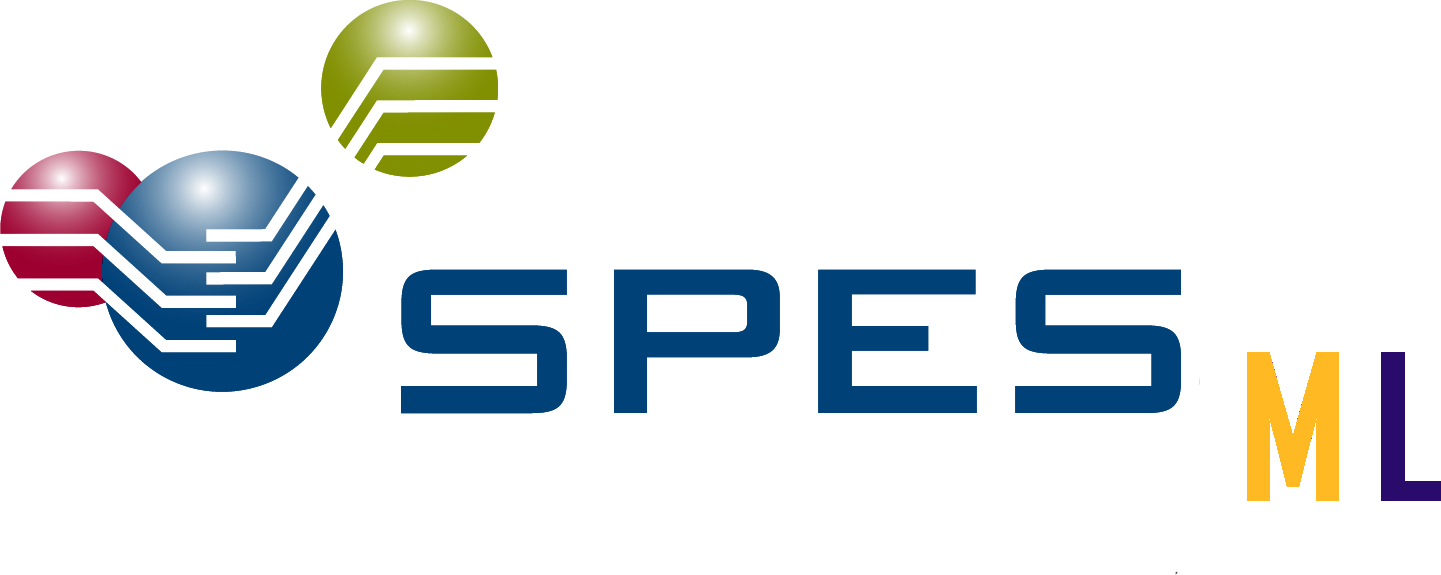
Model-based system engineering with SysML and SPES methodology
Numerous cyber-physical systems with which people interact on a daily basis are being equipped with increasingly powerful functionality at a rapid pace, for which the steadily increasing networking of systems is not the least responsible. For example, systems in the mobility domains (automotive, avionics, and rail) are characterized by ever-new functionality that offers impressive innovations for automated control of systems and services for humans. In many application domains, these innovations are enabled by a complex interaction of sensor systems and networked software of the cyber-physical system. One example is the development of autonomous driving, where a wide variety of system functions and systems must interact safely to adequately make complex decisions with the highest quality requirements to ensure maximum safety. With the increasing functionality and networking of the systems, the complexity of their development is also growing. A further increase is to be expected here in the future. Classical development methods are reaching their limits. Specific approaches using methods of model-based systems engineering (MBSE) with appropriate tool support offer a promising solution.

Numerous implementation projects accompanied by project partners show that the introduction of model-based system development into the industrial development process offers high advantages, but requires a readjustment of the development. This concerns the development method, artifacts, tools and organization. In the industrial introduction of MBSE, the modeling language SysML has so far often been used as a quasi-standard, which is firmly established in practice by tool providers and standardization organizations. However, the analysis of introduction projects shows that SysML is currently mostly used as a simple drawing tool, without a methodological basis that enables a precise understanding of the diagrams for partial automation of the development, and a consistent development methodology that specifies which models are created and how these models are interrelated. Thus, decisive potential offered by MBSE remains unused, because ultimately the well-coordinated selection of methodology, modeling language and modeling tool is the decisive success factor for a successful application of MBSE in industrial practice.
In the previous projects for the creation of a Software Platform for Embedded Systems (SPES) and Collaborative Embedded Systems (CrESt), an end-to-end methodology for MBSE was developed. On this basis, the “SpesML” project uses the SysML Workbench for the SPES methodology to select SysML language elements (SysML profile) that are provided with unique semantics that can be used for automation. This in turn allows the use of tools for automated analysis and simulation, which are prototyped in the project. This gives the widely used modeling language SysML a methodological foundation and thus opens the way to comprehensive MBSE, especially for SMEs.